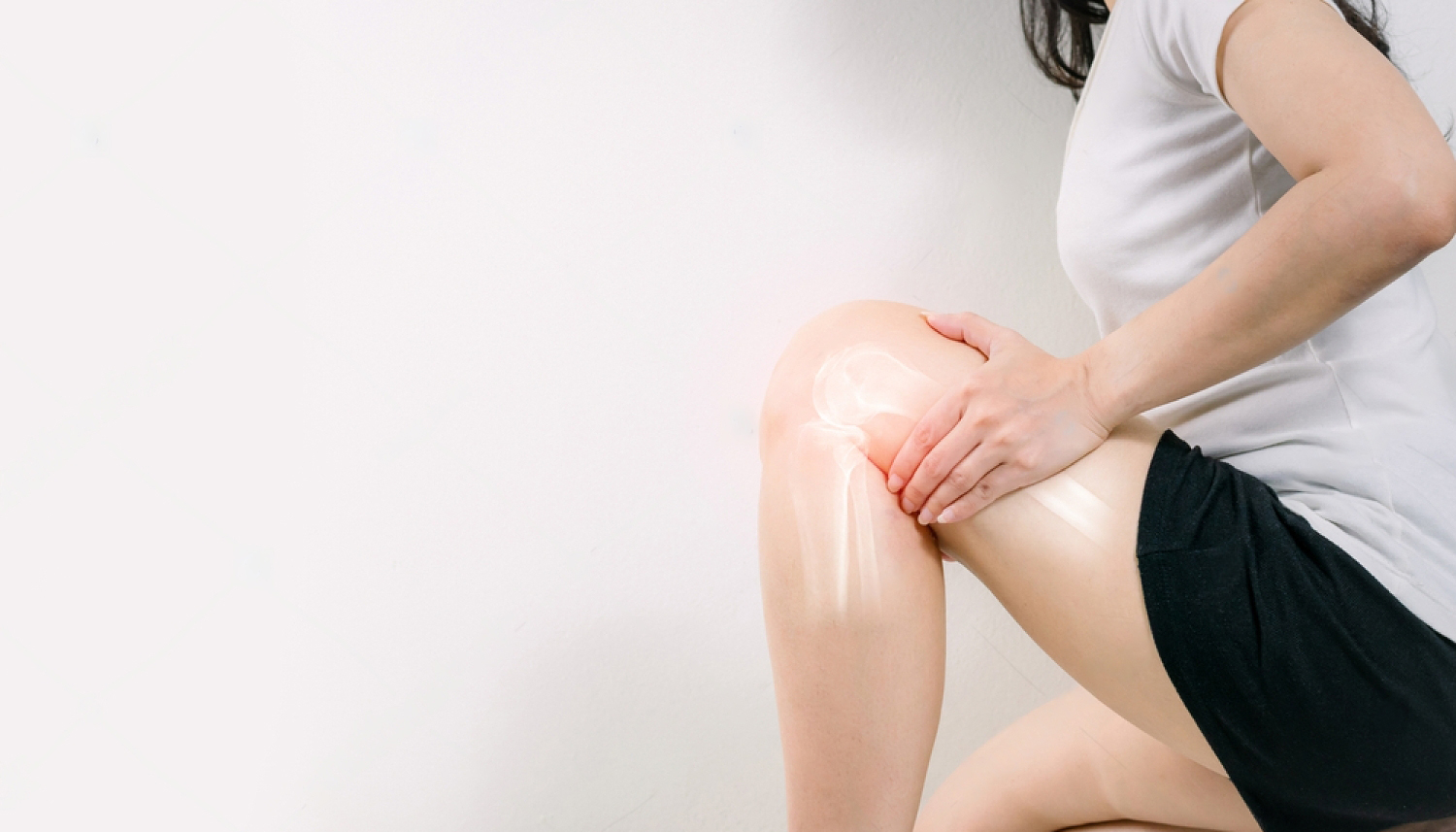Ligaments and tendons are both crucial connective tissues in the body. Ligaments are strong, fibrous bands that connect bones to other bones around joints, playing a vital role in providing stability and limiting excessive joint movement. These injuries are often referred to as sprains and can range from mild stretching to complete tears. Ligament injuries can be caused by sudden impacts, awkward movements, excessive twisting or stretching, and sports-related activities.
On the other hand, tendons are also tough, cord-like structures that attach muscles to bones, enabling muscle contraction and facilitating movement. Tendon injuries, called tendinopathies, can occur due to overuse, repetitive motion, aging, or sudden trauma. Common areas prone to tendon injuries include the shoulder (rotator cuff tendinopathy), elbow (tennis or golfer's elbow), and Achilles tendon.
In summary, both ligaments and tendons play essential roles in the body's movement and stability. While ligaments connect bones to other bones around joints and prevent excessive movement, tendons attach muscles to bones and enable muscle contraction for movement. Injuries to these connective tissues can result from various causes, including sudden impacts, repetitive motion, and sports-related activities.
Causes
- Pain and tenderness in the affected area.
- Swelling and inflammation around the injured site.
- Limited range of motion in the affected joint or muscle.
- Difficulty using the injured area or muscle weakness.
- Pain that worsens during or after physical activity.
- Gradual onset of symptoms with overuse injuries.
- Joint instability or a feeling of the joint giving way.
Symptoms
- Pain and tenderness in the affected area.
- Swelling and inflammation around the injured site.
- Limited range of motion in the affected joint or muscle.
- Difficulty using the injured area or muscle weakness.
- Pain that worsens during or after physical activity.
- Gradual onset of symptoms with overuse injuries.
- Joint instability or a feeling of the joint giving way.
Physiotherapy plays a crucial role in the recovery process for ligament and tendon injuries. At Physionic Clinic Nanded and Physionic Clinic Aurangabad, our team of skilled physiotherapists works closely with patients to create personalized treatment plans that focus on regaining strength, flexibility, and function in the affected area.
Treatment Approach:
Our experienced physiotherapists conduct a comprehensive assessment to understand the extent of the injury and identify any associated issues. This helps in tailoring a treatment plan that best suits your needs. We employ various therapeutic techniques to alleviate pain and reduce inflammation, such as hot/cold therapy and electrical stimulation.
Exercise programs are designed to target the injured ligaments and tendons, gradually increasing intensity as you progress in your recovery journey. Manual therapy, including joint mobilization and soft tissue Release, is used to promote healing and improve joint and muscle function. Controlled stretching and strengthening exercises are incorporated to enhance flexibility and rebuild muscle strength around the affected area.
Progress Monitoring:
Throughout your recovery, our team at Physionic Clinic Nanded and Physionic Clinic Aurangabad will closely monitor your progress, making necessary adjustments to the treatment plan as needed. We believe in maintaining open communication with patients to ensure their comfort and confidence during the rehabilitation process.
Preventing Future Injuries:
At Physionic Clinic, we also educate patients on injury prevention strategies and proper body mechanics to reduce the risk of future ligament and tendon injuries.

